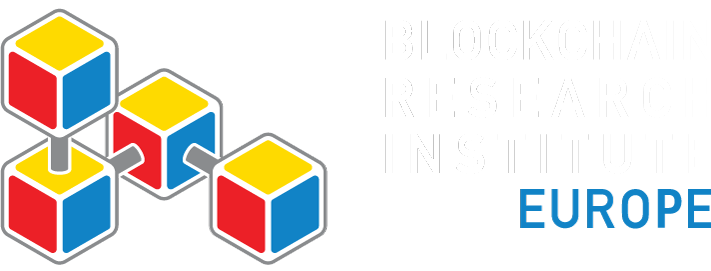Cryptocurrency for Ohio Tax Payments
Report Overview
Author: Alastair Marke
Release Date: May 31, 2019
Abstract:
This research demonstrates a potential use of blockchain in the financial system―the use of cryptocurrency for taxation. The research focused on the state of Ohio, the government of which had strong support from relevant stakeholders in the private sector. The use case gives readers a sense of the social, political, and entrepreneurial acceptance during early adoption of blockchain at a governmental level. The outcomes should inform policymakers of more efficient options to implement blockchain-related initiatives while maximizing their public impact.
